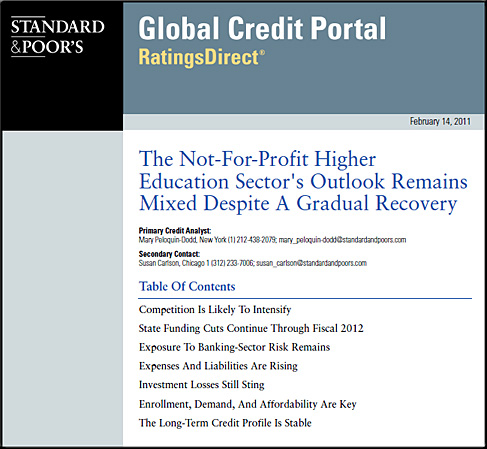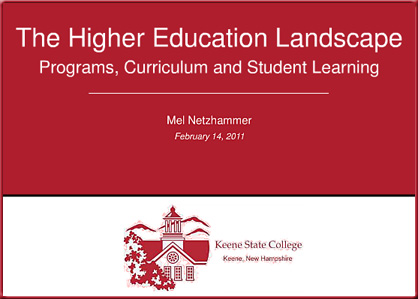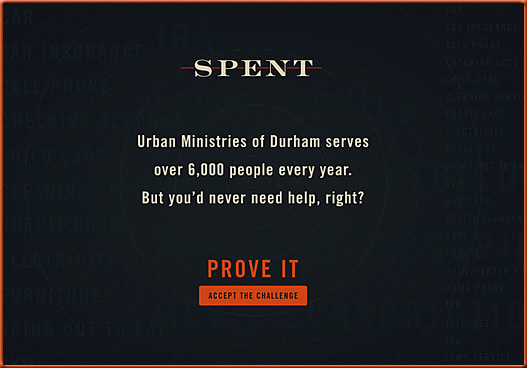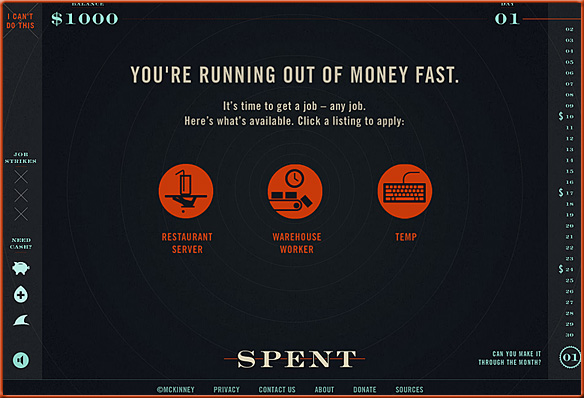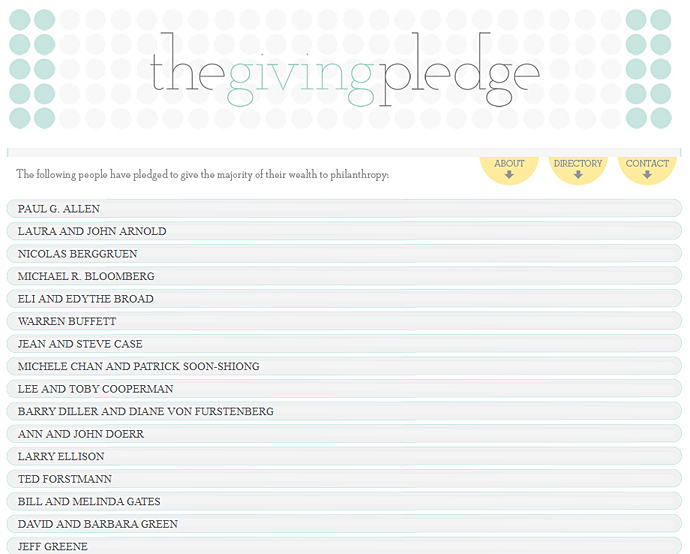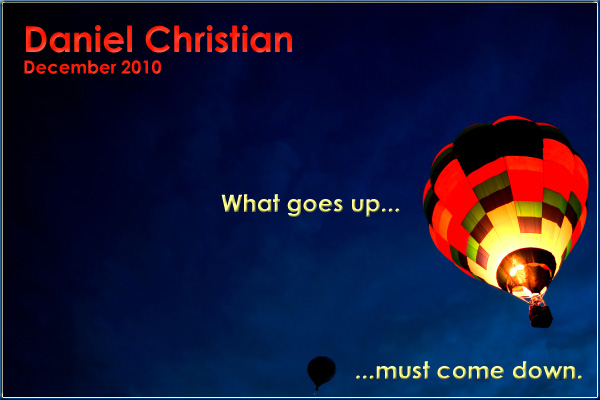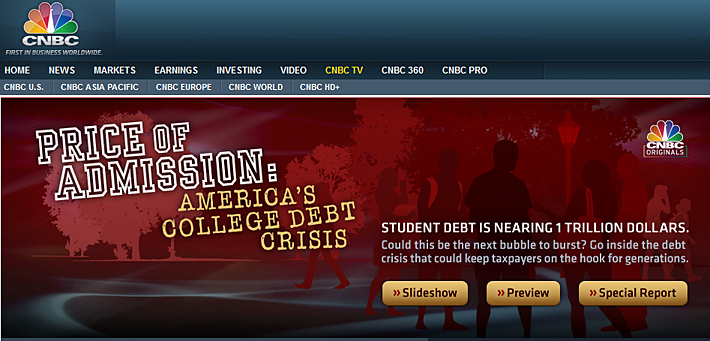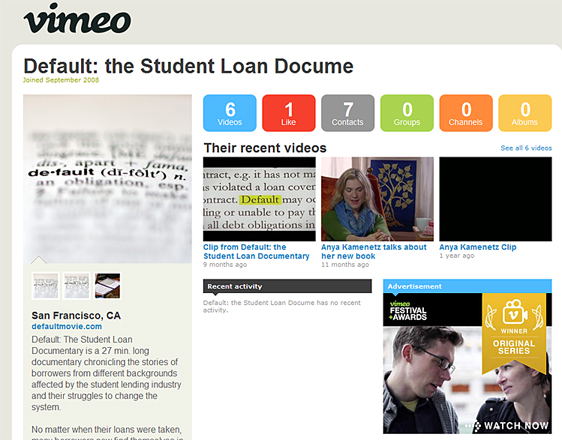Supplementing your art budget — from the teachingpalette.com
Overview:
- While the short-term rating outlook is mixed, the sector’s long-term credit profile is stable.
- Operating results for 2011 will likely be uneven despite the economy’s recovery.
- We expect an equal number of upgrades and downgrades in 2011.
- Key challenges include growing competition, state funding cuts, higher expenses and liabilities and continued tuition and scholarship pressures.
The outlook remains mixed for the not-for-profit U.S. higher education sector in fiscal 2011, according to Standard & Poor’s Ratings Services. We believe that operating results and demand will likely be uneven, and institutions with high debt and limited liquidity could experience severe stress. Still, we believe that the long-term credit profile of many rated institutions remains stable, and that many institutions will perform favorably over the next year.
As a whole, Standard & Poor’s does not expect public universities to underperform private universities despite likely cuts in state funding. However, we may see some public colleges and universities consider consolidation or consider mergers with their peers.
We believe that the credit performance of not-for-profit colleges and universities generally remains tied to an institution’s financial resources, demand, and management, rather than industry risk. Therefore, we expect overall credit trends to be mixed for the balance of 2011, with small pockets of distress and larger pockets of strength.
— originally saw this via Academic Impressions e-newsletter
Will higher education split? — from Stephen Downes
Excerpt:
Sir John Daniel and Stamenka Uvali-Trumbi asks provocative question: “Will higher education split over the next decade or two into a public sector focussed on research and a for-profit sector doing most of the teaching?” The evidence? The communique from UNESCO predicting “massification” of higher education, Wildavsky’s book on global universities, and Salmi’s commentary on world class universities, Tony Bates’s article on the future of higher education, and Archibald and Feldman’s book on the costs of higher education. He could have added many other sources (and especially digital sources), such as this week’s call for a $10,000 degree from Texas governor Rick Perry, or Paul Kiser wondering whether state-run higher education is doomed.
Also see:
- Dr. Tony Bates’
2011 Outlook for Online Learning and Distance Education (PDF)
New website guides you through the homeless experience — from Mashable by Zachary Sniderman
Also see:
.
What are the costs of not investing in ICTs in education? — from blogs.worldbank.org Michael Trucano, Sr. ICT & Education Specialist
From DSC:
Having studied economics, I appreciate what Michael is saying about the opportunity costs involved here:
What are the costs of not investing in ICT use in education?
Can we afford them?









